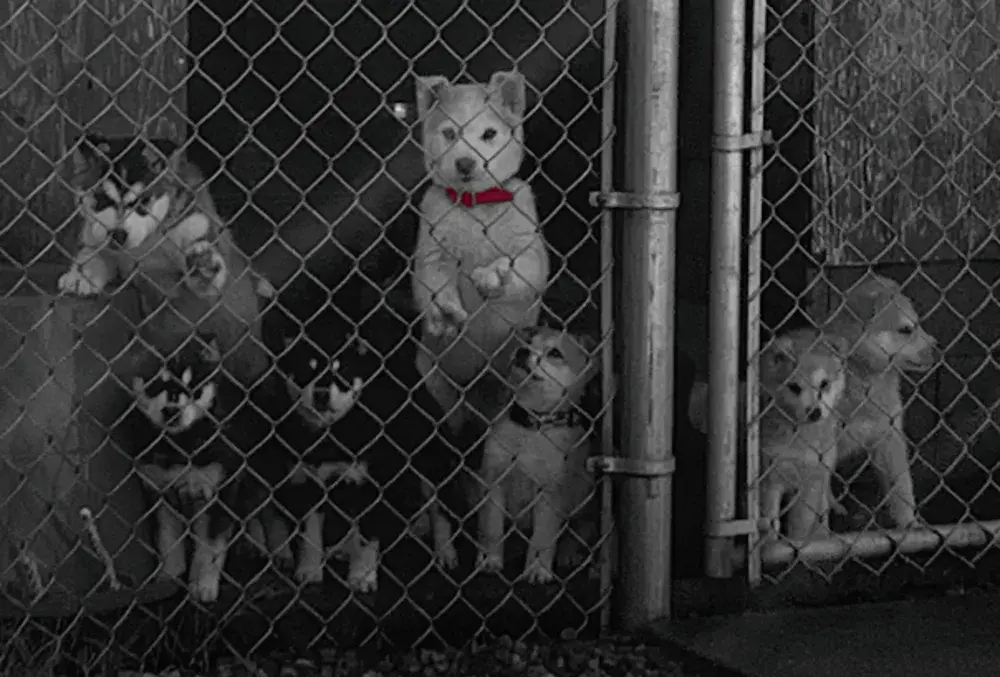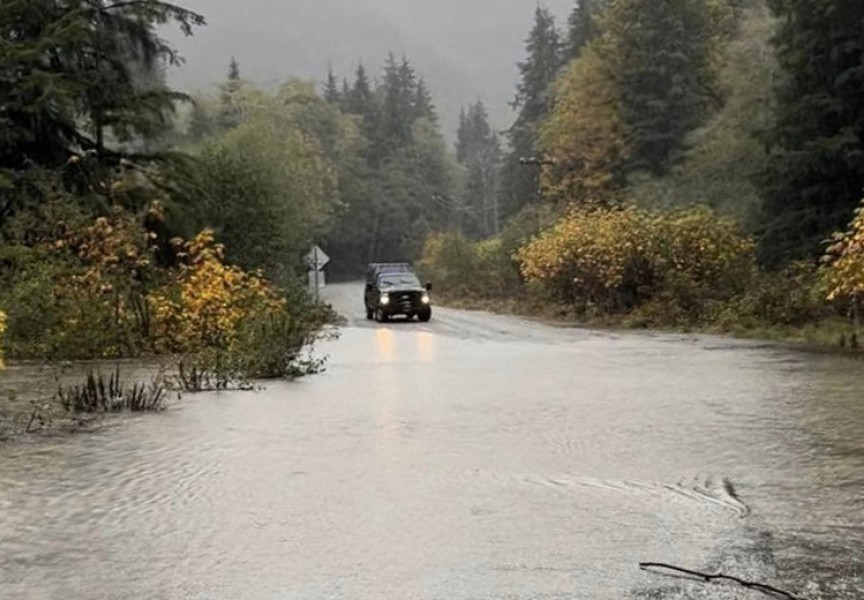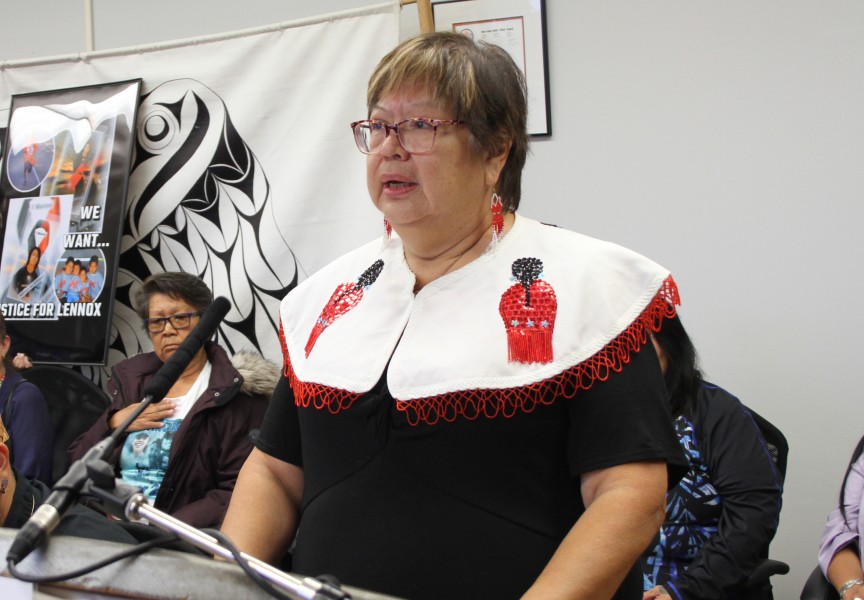Increased ACCESS, an Indigenous-led nonprofit that helps with animal management solutions, has created a new day to raise awareness about public health and safety inequities in Indigenous communities across Canada.
Nov. 1, 2025, marks the first Red Collar Day, a national day for truth, healing and shared responsibility — to ensure every community has the care, infrastructure, and respect needed to make dog culls, and the grief they cause, a thing of the past, says Increased ACCESS.
“It feels like an elephant in the room so often. I think it’s high time to start addressing the issue. If we don’t talk about it, we can’t deal with it,” said James Rodgers, executive director for Increased ACCESS.
“One of the challenges we have is it’s often framed as a very simple solution: ‘Hey, just come in and take the dogs or shoot the dogs’. But it’s much more complex than that. If we don’t honour the complexity of the challenge, it will just be an ongoing cycle,” he said.
Increased ACCESS says the lack of community animal management in rural and remote Indigenous communities is a public health failure and a breach of Canada’s fiduciary duty of care toward First Nations. The non-profit is calling for equal access and sustainable funding to services people in urban centres often take for granted, like veterinarians, kennels or animal-control services.
“The removal of dogs is probably the fastest solution, but the challenge is what do we do with the dog? It’s not a slam dunk to come in and take away bity dogs,” said Rodgers.
At the beginning of October, a First Nations community on the west coast of Vancouver Island rounded up all “dogs that pose a threat” and put them down to protect their community members, especially children and elders, from dog biting.
“There is so much judgement towards communities that have to face this reality. I don’t want to name any communities out of respect for fear they will be marginalized and judged,” said Rodgers, noting that this is an issue rural communities across Canada deal with.
“Without any other resources they are left looking at the option of shooting dogs. In some cases they tell their citizens to put brightly coloured collars on the dogs that have homes and families so that they don’t get shot. That’s how we came up with Red Collar Day,” he continued.
Tla-o-qui-aht First Nation member Shawn Quick is on the board of directors for Increased ACCESS. He said Tla-o-qui-aht is proud to participate in Red Collar Day.
“Our remote communities haven’t had the same resources to manage abandoned or roaming animals, and that has been traumatic for those of us who’ve been left to deal with it. I know first-hand how tragic these ‘dog shoots’ can be – I used to be the person my community called in those situations,” Quick shared in an email.
“It’s wrong that so many rural and remote communities remain chronically under-resourced and have to rely on the only means available to keep people safe. This is a policy problem that governments can fix – and have a fiduciary duty to fix. Red Collar Day is a call to action for everyone,” said Quick.
‘We just need to do better’
Increased ACCESS says creating community-led animal management plans is the most preventable step towards closing the gap between animal and human health in remote Indigenous communities.
They say investments in infrastructure like kennels, mobile vet care and leveraging things like disconnecting Internet service to individuals not complying with community bylaws could also help.
“There is a very clear path from around the 1876 mark forward to why this is still an issue today. We just need to do better,” said Rodgers. “This isn’t about an animal welfare idea or challenge. This is about public health.”
In the late 1800s, Canadian towns and cities used local tax bases to evolve municipal pound and animal-control services, according to Increased ACCESS. At the same time, SPCAs were being established to promote humane treatment of animals and, in some cities, to provide sheltering services, says the nonprofit.
They say Indigenous communities were prevented from building comparable systems. Under the Indian Act, communities were denied the ability to create local tax bases and to direct their own funds; finances were kept deliberately limited and controlled by Indian Agents. Although the 1876 Indian Act mentioned a “pound-keeper” role, it provided no funding or infrastructure to make that job viable, said Increased ACCESS.
Canadian statistics related to dog bites are unreliable and dated as “most dog bites go unreported”, says Rodgers. A summary of data from 1996 shows that five- to nine-year-olds most frequently sustained dog bites, and the body part most often affected was the face.
According to Vancouver Island Health Authority (VIHA), there were 2,000 bites recorded between Jan. 1 and Oct. 30, 2025, at the eight major hospitals on the Island (Campbell River, Comox, Nanaimo, Duncan, Port Alberni and three on the South Island). Of those 2,000 bites, 157 were recorded at the West Coast General Hospital in Port Alberni.
“That does not mean those are all dog bites. It could be a spider, could be a bat, could be a snake,” said VIHA media representative Dominic Abassi.
To participate in Red Collar Day, Increased ACCESS encourages people to raise awareness by sharing posts and images using the hashtags #RedCollarDay and #EqualCareEqualCommunity.








